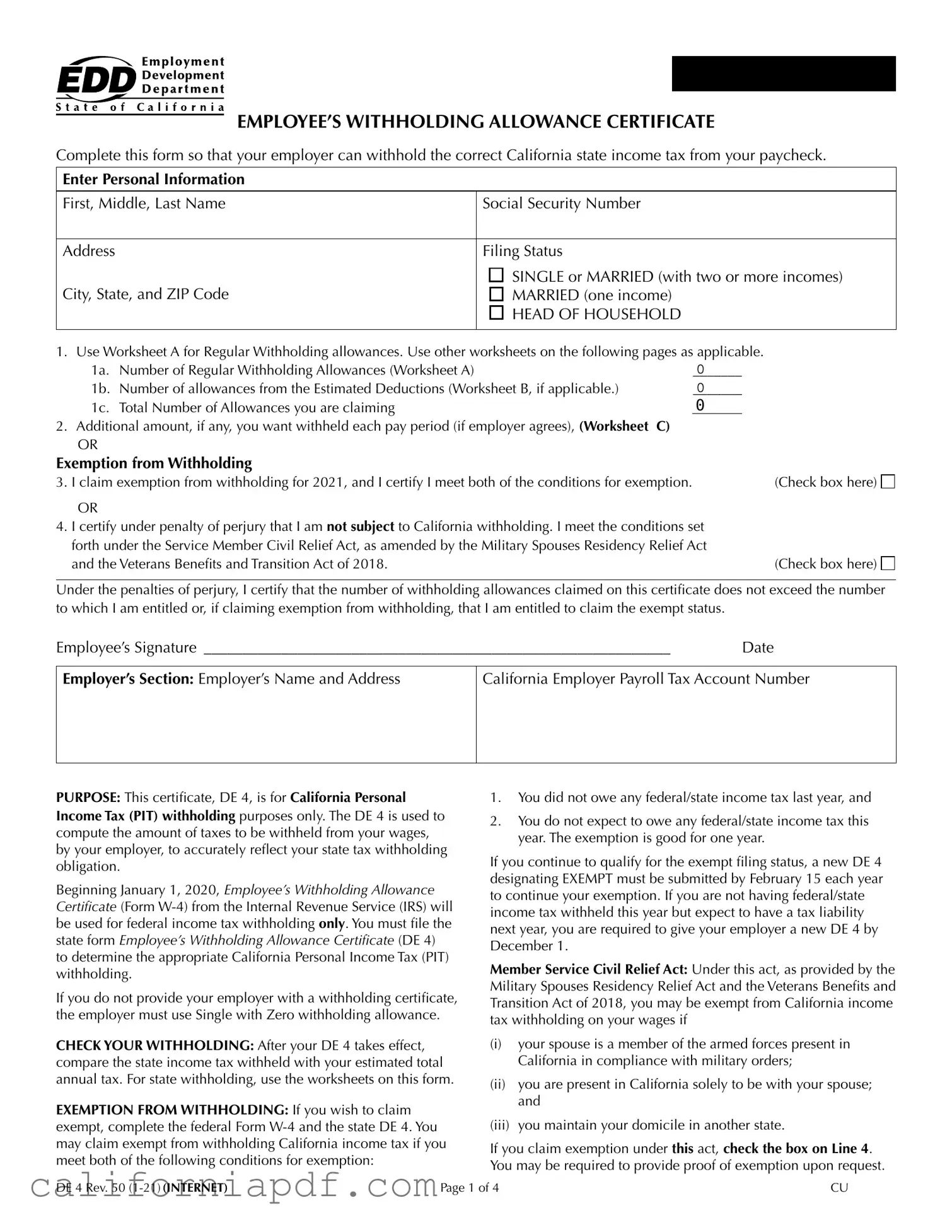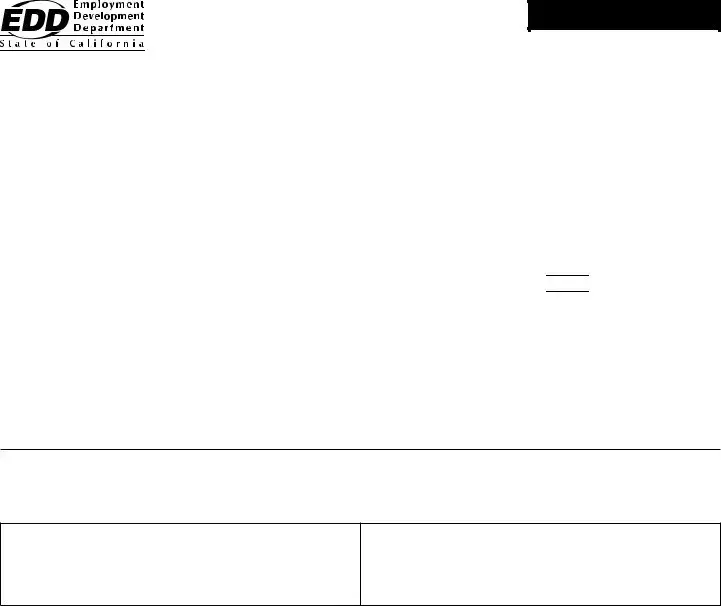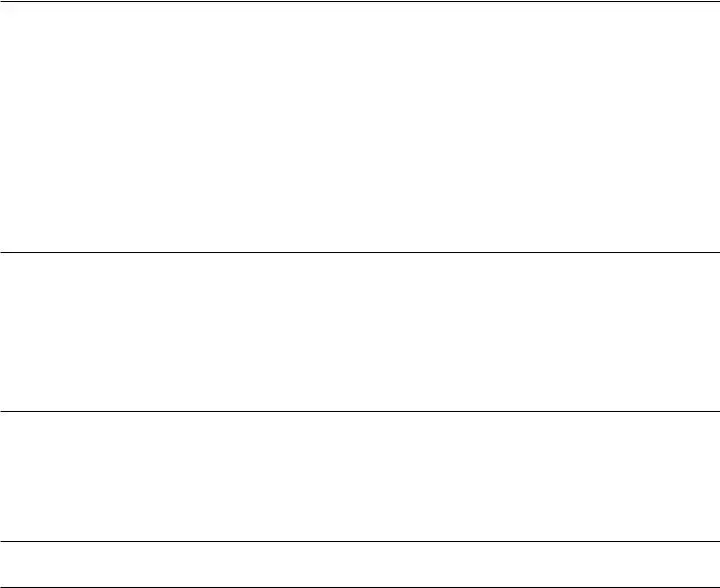The Internal Revenue Service (IRS) Form W-4, Employee's Withholding Certificate, serves a purpose akin to the California DE 4 form, but on the federal level. Both forms are crucial for determining the amount of income tax to be withheld from an employee’s paycheck. The information provided by employees on these forms, such as their filing status, number of dependents, and other adjustments, guides employers in setting aside the correct amount of tax, ensuring compliance with state and federal regulations, respectively. Additionally, these forms allow employees to claim exemption from withholding if they meet specific conditions.
The Federal Form W-4P, Withholding Certificate for Pension or Annuity Payments, is similar to the DE 4 form but is specifically designed for retirees receiving pension or annuity payments. Like the DE 4 form, which guides withholding for employees, the W-4P enables pensioners and annuitants to control the tax withheld from their retirement payments. By indicating their tax situation and desired number of allowances, retirees can ensure that the withheld amount closely matches their eventual tax liability, thus avoiding either underpayment or overpayment of taxes.
Form 540-ES, Estimated Tax for Individuals, is related to the DE 4 in its focus on regulating an individual’s tax obligations to the state of California. While the DE 4 form is used to adjust withholdings from an employee’s salary based on their estimated tax liability, Form 540-ES is utilized by individuals to pay estimated taxes directly, usually because their income is not subject to automatic withholding. This could include earnings from self-employment, interest, dividends, and rent. Both forms aim to help individuals manage their tax liability to avoid underpayment penalties.
The California New Employee Registry Reporting Form is another document relevant to the process initiated by the DE 4. Although not directly related to tax withholding, it is a crucial part of the hiring paperwork that employers must complete. This form is used by employers to report new or rehired employees to the state, including essential information such as the employee’s name, address, Social Security Number, and start date. This registry assists in ensuring that employees comply with their child support obligations and facilitates the state's calculation of unemployment insurance.
Lastly, the Request for Federal Income Tax Withholding from Sick Pay Form is analogous to the DE 4 form in the realm of tax withholding, but it specifically deals with sick pay. Employees receiving sick pay from a third party, like an insurance company, use this form to determine the federal income tax to be withheld from these payments. Similar to the DE 4's role in standard employment relationships, this form helps ensure that the correct amount of tax is withheld from sick pay benefits to reflect the recipient's tax obligations accurately.




